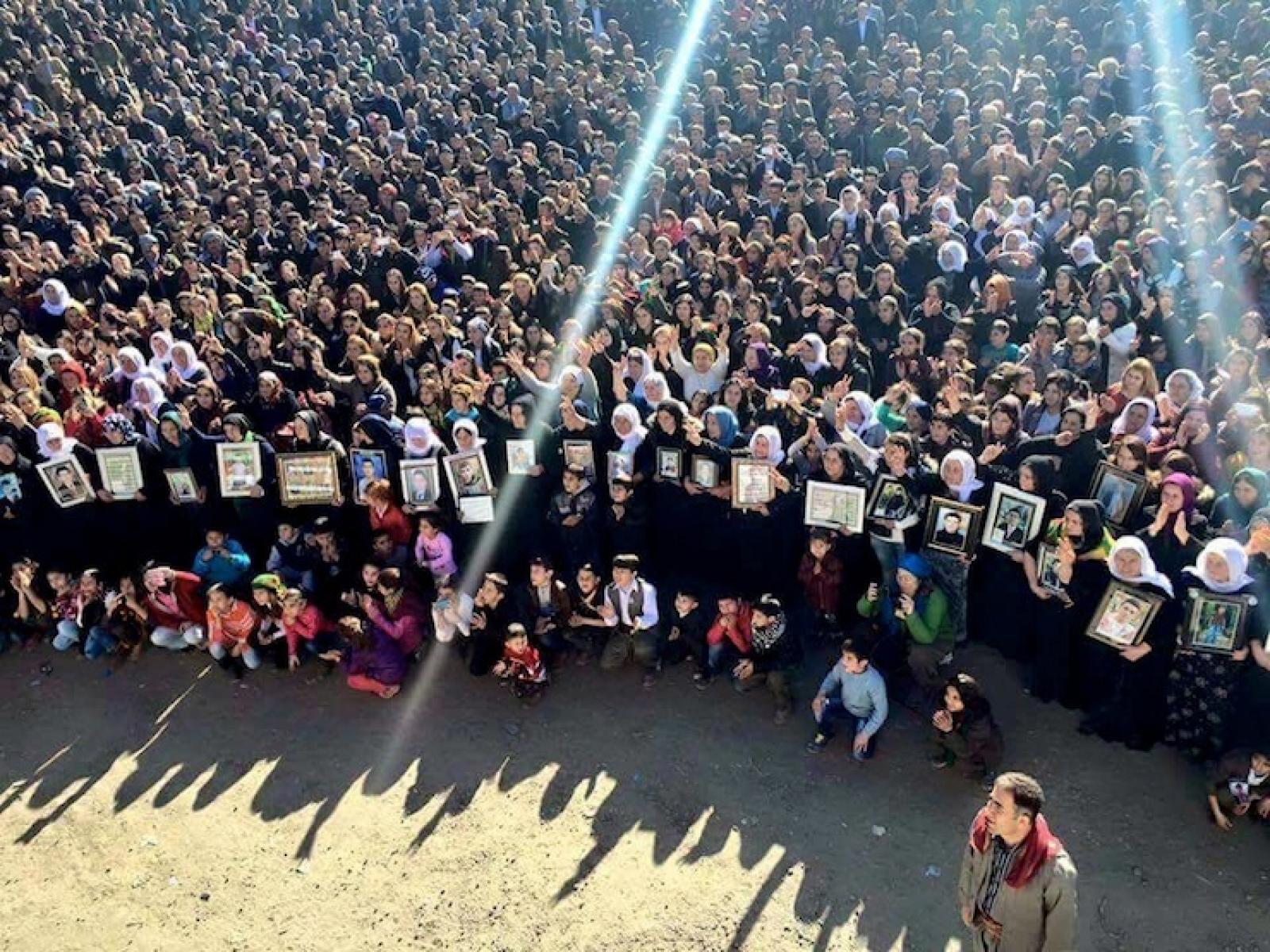The Roboski massacre
The Roboski massacre took place on December 28, 2011, in a small isolated mountain village, near the Turkey-Iraq border. A bombardement by Turkish jets and artillery resulted in the death of 34 Kurdish civilians who had been involved in smuggling. On December 28th, United States intelligence services alerted Turkish Armed Forces (TAF) about the crossing of a suspected group into Turkish territory. Within a matter of hours, Turkish military forces responded by bombing the group. According to government officials, the smugglers had been mistaken for Kurdish armed militants belonging to the Kurdistan Workers’ Party (Kurdish: Partîya Karkerên Kurdistanê, PKK).
The group targeted as militants were actually civilian smugglers- 38 adult males and children, along with 50 mules- engaged in their regular round trip over the mountains to sell contraband cigarettes and gasoline in the nearby black market. The victims were mostly children between the ages of 13 and 18 from the village of Roboski in Turkey’s Şırnak Province. Residents of Roboski were traveling along a route frequented by smugglers for the past century. Furthermore, smuggler families were well known to the local Turkish military police center as they maintained contact with local village guards who worked on account of the Turkish government, in order to get information about any planned military operations. But, no warning was made that night.
When the news of the massacre reached the Mardin branch of the Turkish Human Rights Association (IHD), human rights activists traveled to the site in the early hours of the following morning to gather evidence. That has been essential in recording testimony, supporting villagers and campaigning for justice. Widespread protests were held in many parts of Turkey, especially in Kurdish cities, to reveal the truth and bring those responsible to justice.
Unfortunately, the legal process has resulted in the once-and-for-all burial of the truth about one of the gravest massacres in the history of Turkey without a proper examination of the allegations of the applicants. The investigation was referred to Diyarbakır because the Military Prosecutor’s Office of the Turkish Armed Forces decided to reject the initial venue on June 12, 2013. This procedure, which resulted in a decision of non-prosecution, was conveyed to the Constitutional Court, but the lawsuit was rejected on the grounds that the documents were not submitted to the power of attorney on time (February 26, 2016). The European Court of Human Rights (ECtHR) issued an inadmissibility decision regarding the application concerning the Roboski massacre on the grounds that the incomplete and late submission before the Constitutional Court amounted to “non exhaustion of domestic remedies.” (May 17, 2018).
In addition to the commemoration ceremonies held every year on December 28, rights defenders and peace activists organize various events to confront the Roboski massacre by way of uncovering truth concerning violations of human rights against the local population, supporting survivors in their pursuit of justice and contributing to dissemination of alternative narratives.

Images

